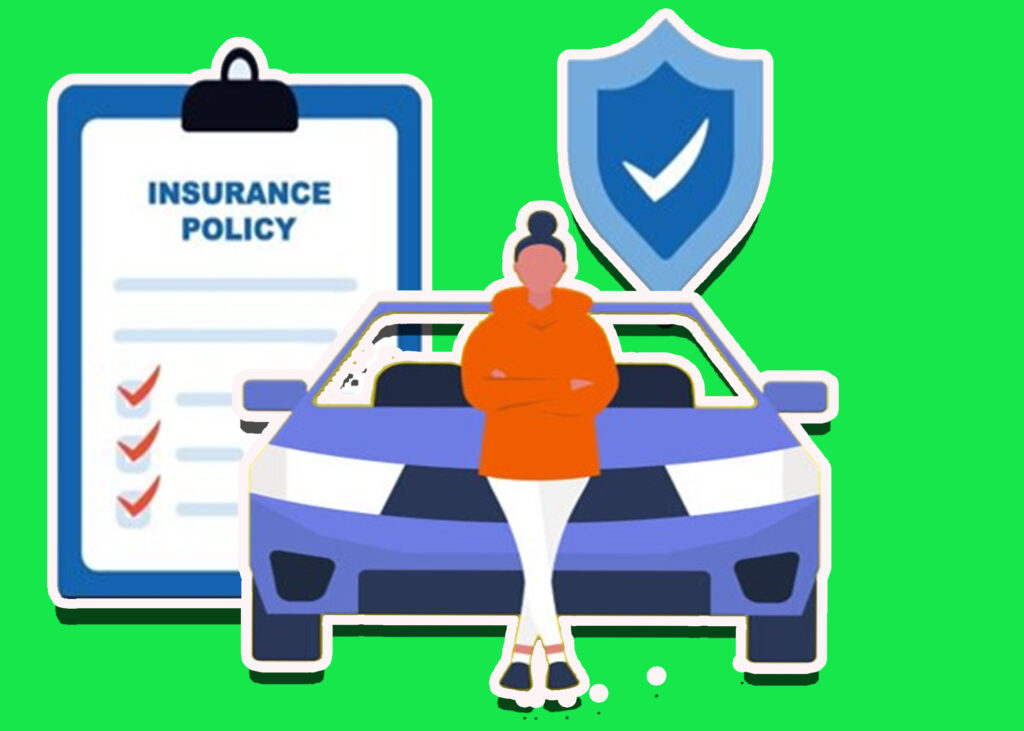Broad-form insurance may be appropriate for you if you drive an older automobile, want to cover yourself, or want to reduce the cost of your auto insurance. Broad-form auto coverage provides liability insurance for a single motorist. This policy does not allow you to add other drivers, in contrast to other liability auto insurance plans.

It functions best if you drive an older car or have the resources to cover accident-related losses. You can add uninsured or underinsured motorist coverage and personal injury protection (PIP) to broad-form insurance plans. In this article, we will explain what broad-form policy is, when having it makes sense, and other common insurance alternatives.
What is Broad Form Insurance
The definition of broad-form insurance is the form that specifies the sources of loss (or hazards) that an insurance policy would cover. This kind of insurance often has a higher premium along with a deductible. Moreover, this coverage can be purchased as an add-on to an existing policy or as part of a normal policy offering.
Auto insurers must offer various insurance options to companies, including those with CEOs, staff members, and those using corporate cars without personal cars. An endorsement providing protection when the designated person or spouse drives an automobile leased from a third party may be added in such a case.
How Does Broad Form Insurance Work
Broad-form insurance goes beyond your standard policy. Car glass insurance is one instance of wide-form insurance coverage. If a client often travels on routes that damage windshields, they may want glass insurance. Glass insurance is not included in basic vehicle insurance plans, so a premium must be paid and the insurance must be specifically ordered.
Depending on the kind of policy, the meaning of broad-form insurance might change. The majority of insurance plans come in either basic or comprehensive form. For instance, in the case of company insurance, there is often:
- A standard form of policy usually includes coverage for sprinkler leaks, vandalism, fire, explosions, storms, smoke, and riots.
- A board forms insurance with additional coverage for things like water damage, falling items, and damage from shattered windows and other structural glass.
- The broadest protection is provided by special form coverage, which often covers all hazards (including theft) unless expressly prohibited by the policy.
In most jurisdictions, an extensive general liability policy that offers a broad range of coverage that may be customized to meet particular needs is referred to by insurers as a broad-form policy.
What Does Broad Form Insurance Cover
It satisfies the minimal liability auto insurance requirements in your state. This has three facets, including:
Bodily injury liability per person
This pays for the lost income and medical costs incurred by other drivers and their passengers in an accident you caused.
Bodily injury liability per incident
This is the most your insurance provider will pay for other impacted parties’ physical injuries sustained in an accident.
Property damage liability per accident
It covers losses incurred in an accident that affects other cars or private property (houses, fences, etc.). It may also pay for your legal fees.
From one insurer to another, the listed peril coverage for contents will differ even more. When purchasing broad-form coverage, be sure to understand exactly which risks your content will be shielded from. If you already have one of these policies, consult the language in your policy.
Frequently cover risks like:
- Lightning and fire
- Theft of a Smoke Explosion
- Electricity flow
- Impact from an aircraft or vehicle
- Falling items
In addition, some insurance companies let you combine broad-form auto policy with personal injury protection and uninsured motorist coverage. For this reason, it may reduce your out-of-pocket costs by paying for medical expenditures and vehicle damage.
What Does Broad-Form Insurance Not Cover
Losses on a named danger basis—that is, just the claimable occurrences specified in the policy—are covered by the broad-form policy. Among the losses not covered by a broad-form coverage policy are:
- Tremors
- Accidents with nuclear power.
Coverage can be influenced by factors such as state, insurance company, and policy type. Consult your insurance agent if you’re unsure of what is and isn’t covered. Along with discussing any possibilities for coverage, they may help you tailor your insurance to meet your specific needs.
Final Thoughts
Although broad-form insurance saves you money, it does not pay for medical bills or repair any damage to your car. Consequently, it functions best if you own your cars, and they are worth less. All things considered, if you don’t mind paying for repairs out of cash, it’s a wise strategy to obtain low auto insurance rates.

